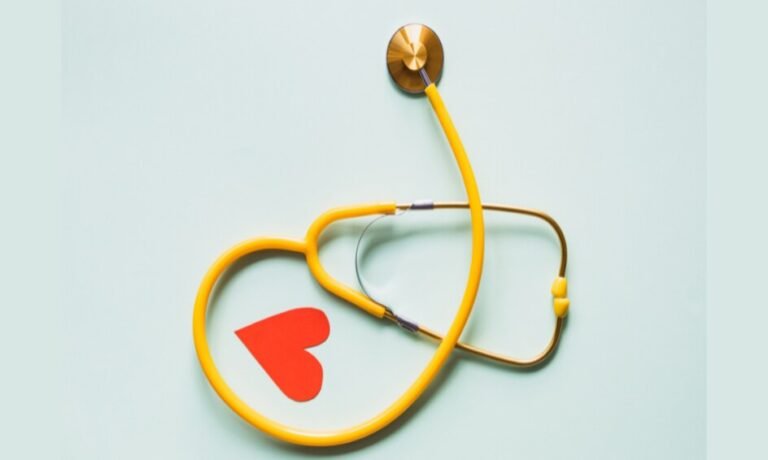Although Mindy Kaling aka Mindi Lahiri from ‘The Mindy Project’ gave us a fresh new take on skilled but humanly flawed narrative of an Indian-American OB/GYN navigating her medical practice and personal life in New York City, as fiction is, not all of it was rooted in reality. Fact: Reel life doctors have often eclipsed real life stories of women in medicine. Only fair then to trace back pioneering female physicians and trailblazers who opened doors for others to follow suit. This Doctors’ Day we honour history makers and some of India’s first women in medicine.
Dr Anandibai Joshi (31 March 1865 – 26 February 1887)

The first Indian woman to study and graduate with a two-year degree in western medicine from the US, she was married when she was nine to Gopalrao Joshi, a widower who was almost twenty years her senior. At just fourteen years of age she gave birth to a child and lost him due to lack of medical care and service. This left a huge impact on her and inspired her to study medicine, a decision her husband fully supported and encouraged. Her decision to study abroad led to criticism in India, however her address at Serampore College hall, stressing on the need for female doctors won her appreciation and financial support. Upon graduating, she was congratulated by Queen Victoria, and appointed doctor-in-charge at Kolhapur. Unfortunately, Anandibai could not practice medicine as she died of tuberculosis at 22.
READ MORE : Visiting Venice? Be Ready to Pay Up Tourism-Fee From Next Year
Dr Rukhmabai Raut (22 November 1864 – 25 September 1955)

Best known for being the first practising woman doctor in colonial India, she was also the reason behind the enactment of Age of Consent Act in 1891. Married at eleven (a normal practise back then) to Dadaji Bhikaji who was 19, her decision to not stay with Bhikaji was supported by her step-father, Assistant Surgeon Sakharam Arjun Raut. Even though Bhikaji asked for ‘restitution of conjugal rights’ in 1885, with debates around Hindu vs English law, the final judgement on March 4, 1887 asked Raut to live with her husband or face imprisonment for six months. The matter however was finally settled when Queen Victoria dissolved her marriage by overruling the court order. She went on to study Medicine for five years at the London School of Medicine and worked as the Chief Medical Officer in Rajkot after 35 years, before retiring in Bombay.
Dr Muthulakshmi Reddy (30 July 1886 – 22 July 1968)

The first female student to be admitted into a men’s college, the first woman House Surgeon in the Government Maternity and Opthalmic Hospital, the first Legislator in British India, the first Chairperson of the State Social Welfare Advisory Board, the first Chairperson of the State Social Welfare Advisory Board, the first woman Deputy President of the Legislative Council, and the first Alderwoman of the Madras Corporation Avvai Home (Phew!), Dr Reddy had a lot of firsts to her name. Born to a Tamil family, her father, Narayanaswami Iyer, the Principal of Maharaja’s College, was ostracised from his family for marrying her mother, Chandrammal, a Devadasi (female artist dedicated to worship who served a deity or a temple for the rest of her life). She married Sundara Reddy if he promised to ‘always respect her as an equal and never cross her wishes.”
A Padma Bhushan recipient, her name was included in the first flag hoisted at Red Fort in 1947. She leaves behind a rich legacy that has served India and its people well into the 21st century: the Avvai Home (for children) and the Cancer Institute.
Dr Mary Poonen Lukose (30 July 1886 – 2 October 1976)

Padma Shri, Dr Mary Poonen Lukose was an only child born to an Anglican Syrian Christian family. Denied admission to the science course offered at the Maharajas College as she was a woman, Mary decided to get a degree in history instead, and soon became the first female graduate of Madras University. She was also the first woman from Kerala to graduate in medicine and received advanced training in paediatrics in UK. On returning home, she became Surgeon General in 1938 and was in charge of 32 government hospitals, 40 government dispensaries, and 20 private institutions. Fun fact: the first woman surgeon general in the US was appointed in 1990!


